How to Keep Kids Reading in High School
One of my biggest goals as a high school teacher is to help my students love reading. I am an avid reader, and hit my book challenge for the year (75 books – woo-hoo!), and I want my kids to find books that they can connect with. I see the primary blogs talk about guided reading, group reading, and Drop Everything And Read!, and I want that for my classroom, too. Getting kids to love reading in high school should be more of a priority, I decided.
This year, after doing some research and reading a great post by Laura Randazzo, I decided to implement Student-Selected Reading (SSR) in my classroom. I’ve done it for a semester now, and here’s how it’s going.
1. Implementation – Reading Lab
At my school, we’re lucky enough to have a rotating schedule and an extended period before lunch. Science uses this for labs, but everyone else pretty much just treats it as a longer class. I decided that these would be Reading Labs. I do an active/collaborative lesson for the first part of the period to get my 9th graders talking and moving, and then we settle into SSR.
I designate this as “screen-free” time – I want them to read print books, largely because they’re so used to “skimming” from a screen. I also think their eyes (and mine!) need a screen break during the day.
2. Exit Slips & Pair Shares
At the end of each lab, students spend 2-3 minutes either writing me a note about their books or talking to a friend about them. This is an amazing time because they get excited about reading the same books their friends are reading!
3. Assessment
I set a 250-page/quarter goal for my regular class and a 500-page/quarter goal for my Honors. After two quarters, I can tell you that this is enough to push the kids, but not enough to stress them out. At the end of the quarter (or whenever they’re ready!), students have a book conference with me. This is an informal conversation and allows me to get better insights into their reading goals, habits, interests, and struggles. I keep a log of books they’ve read, notes from our conversation, and any recommendations I make for them.
I also always ask them to think of someone else in the class who may like the book. I note this recommendation on the other student’s book log so that I can pass it along.
I don’t grade harshly on these conferences, and I’m not trying to trick students. Each one takes about five minutes, and most students do well if they’ve been reading. Students lose points if they come to the Reading Lab without their books or if they distract other students.
4. Improvements for Next Semester
I have two major improvements/changes in the works.
First of all, I started in the second quarter to schedule book conferences. I found myself overwhelmed in the first quarter by all of the students who wanted to conference at the last minute, and I couldn’t truly enjoy talking to them. In the second quarter, I picked a week of conference dates and had my students draw for slots. This allowed me to do five conferences per day instead of twenty, so it was a huge relief. In some of my classes, I set up book conferences at the same time as some independent work.
Secondly, I am going to add graphic novels in the third quarter. My students already love these, so I’m going to allow a graphic novel to be half of their page requirement (for example, my regular class will be 125 pgs + a graphic novel OR 250 regular pages). I am also already thinking ahead to next year and may use 2 Peas and a Dog’s wonderful Genre Book Reports throughout the year.
5. Oh yeah, MODELING!
An awesome side-effect of Reading Labs is that I benefit from them, too! I model reading habits for my students and always read during labs. It isn’t a time to grade papers or check emails – students need to see that even busy adults make time to read.
Students LOVE to see what I’m reading, and they like it even more if it’s a book they’ve recommended or loaned to me. I read ten books completely at school this semester, and then turned around and lent those books to students.
Closing Thoughts
Parents love this program! Most of my Parent-Teacher Conferences this year were filled with excitement from parents that their kids were finally reading! They told me stories about going to the bookstore and listening to their kids ask for recommendations and watching them look through books. Each student gets to take ownership over his/her choice, and it’s really an amazing thing.
You can read more about my approach to independent reading over on the Secondary English Coffee Shop blog 🙂
What does your reading routine look like in your classroom? What is your favorite graphic novel to recommend to students? I’d love to hear from you! Comment below or reach out on IG @nouvelle_ela 🙂
Happy teaching!

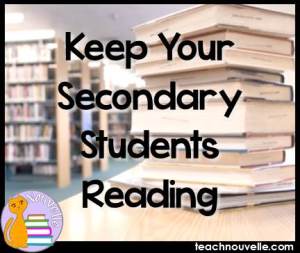
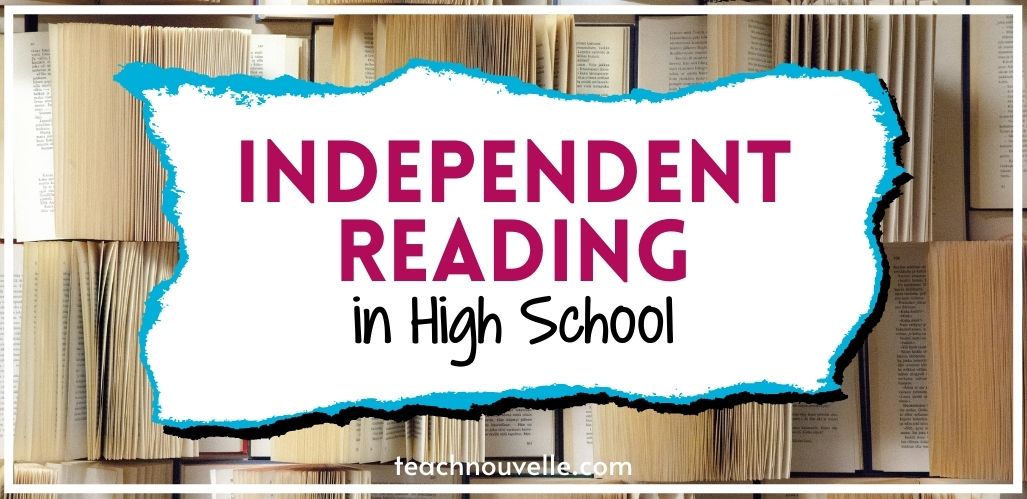
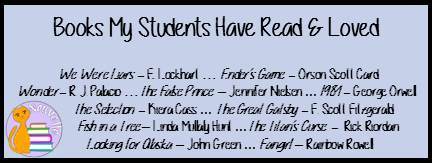
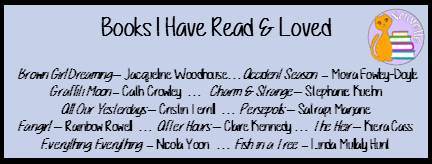
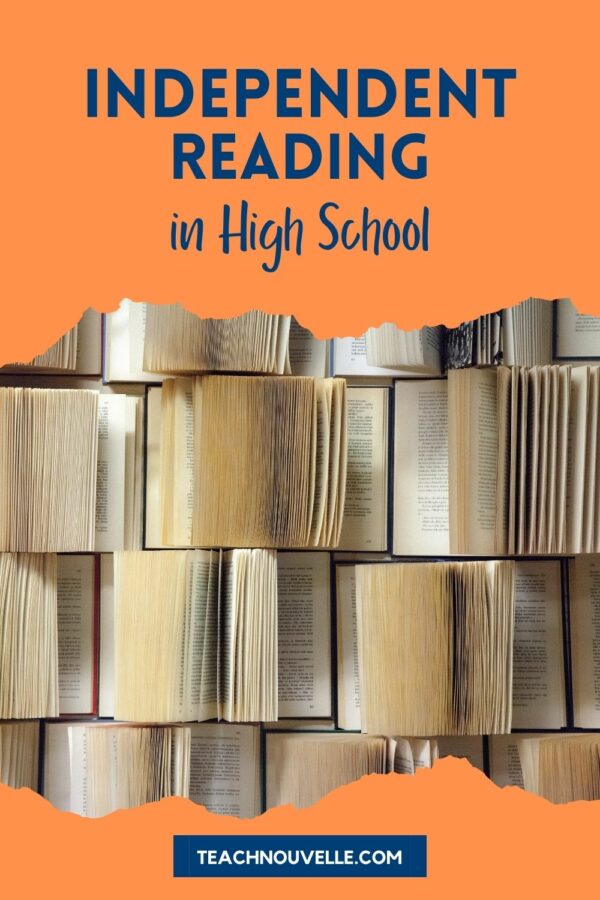
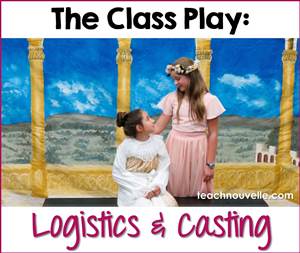
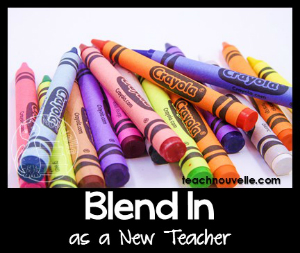
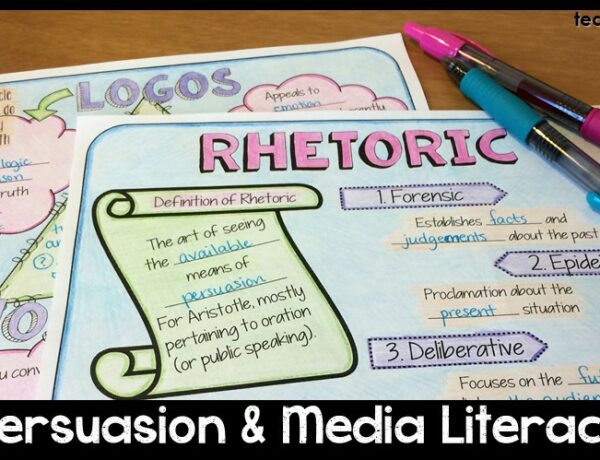
5 Comments
Donna Gatzke
September 13, 2016 at 6:15 pmDanielle,
Do you require them to read at home their independent books at home at all? Do they do activities in their IRN?
Thanks!
Danielle Hall
September 14, 2016 at 9:57 amHi, Donna!
I do require them to read at home as much as they need to to finish the book. Most students told me that they read 50-75% in-class, though. Last year, I didn’t have them do any supplemental activities during reading aside from the conference at the end of the book. They were, however, expected to use their independent novels as one source in an AP-style essay question on their midterm & final. I’m still learning, though, and reading more about Readers’ Workshops and such.
How about you? What do you do in your classroom?
Best,
-Danielle
Holly Campbell
June 29, 2019 at 2:10 pmHi Danielle,
I was just wondering, how exactly do you assess whether the student has read? Do you just have them give you a summary of the book? Do you quiz them in any way? (I feel as though this would keep the conversation from become informal, though, as you suggest these one-on-one conversations should be.)
You also mentioned that your method was based on Laura Randazzo’s method. What aspects of HER SSR routine have worked for you and/or have not worked for you? Why? How have you adjusted her routine to fit your world?
Thanks,
Holly Campbell 😀
Holly Campbell
June 29, 2019 at 2:11 pmP.S. Do you also have any handouts that go with this independent reading routine you’ve set up in your classroom? Thanks again! 😀
Holly Campbell
June 29, 2019 at 2:18 pmP.P.S. Sorry for the comment spam! How do you do grading for Independent Reading in your world? D